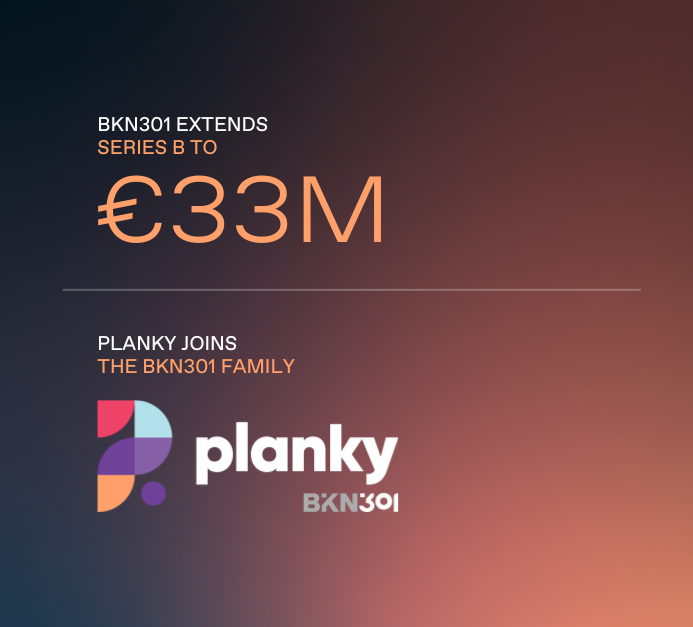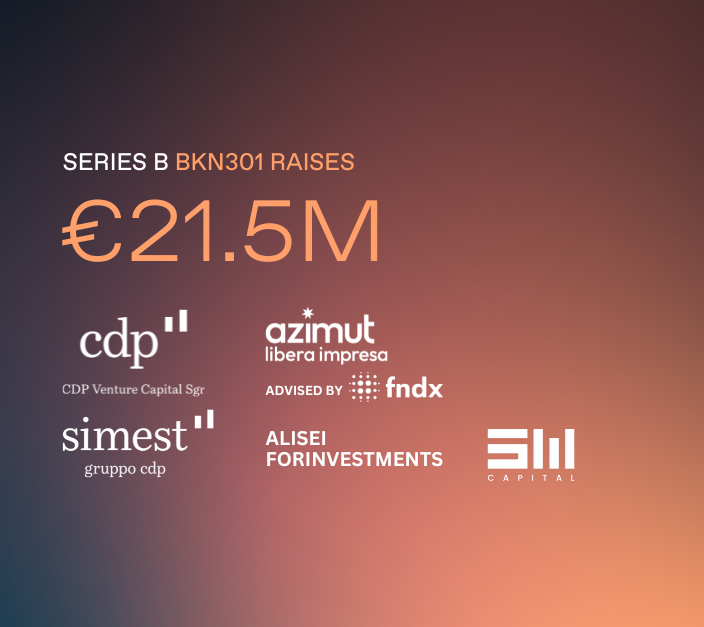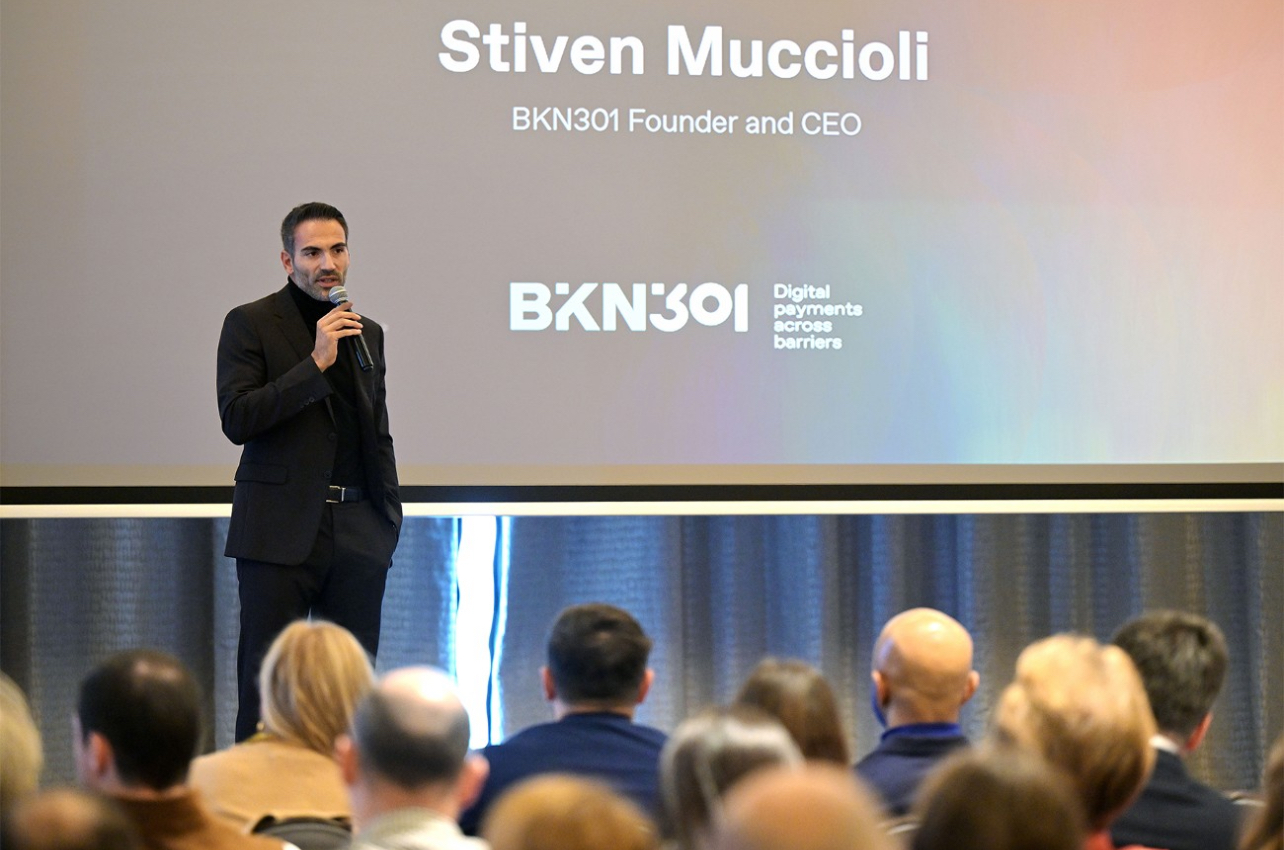Why Qatar Matters in Fintech Innovation
Many challenger banks worldwide set out to disrupt finance but remain tied to legacy infrastructure. Mahesh Paolini-Subramanya, CTO of BKN301, highlights how Qatar is showing a new path. The country is strategically positioning itself as one of the next fintech powerhouses in the Middle East and North Africa (MENA).
Unlike many European neobanks weighed down by outdated systems, fintechs in MENA are building cloud-native, modular platforms from day one, enabling faster growth, better customer experiences, and greater adaptability.
The Legacy Infrastructure Problem in Europe
- Dependence on old systems: European neobanks often rely on infrastructure still controlled by traditional banks.
- ECB findings: 58% of critical banking functions in large banks depend on third-party providers, with 82% of those “difficult” or “impossible” to replace.
- Risks: nearly 10% of critical functions fail to meet regulatory standards, exposing firms to compliance, operational, and reputational challenges.
This dependency slows innovation, makes scaling costly, and prevents agile product launches – the opposite of what fintech demands today.
What Fintechs Can Learn From MENA
Question: How are MENA fintechs leapfrogging legacy systems?
Answer: By adopting cloud-native, modular, API-first infrastructure.
- Banking-as-a-Service (BaaS): Enables composable ecosystems that integrate with legacy systems while avoiding full replacements.
- Benefits: Faster time to market, lower operational risk, flexibility to innovate, and reduced vendor lock-in.
- Use cases: Integration of core banking, digital wallets, card issuance, payments, and cross-border transactions without re-engineering the entire stack.
MENA fintechs are showing that real transformation comes from infrastructure, not just digital front-ends.
Qatar as a Fintech Blueprint
Why Qatar?
- Regulatory leadership: The Qatar Central Bank (QCB) supports innovation through regulatory sandboxes and clear cloud computing frameworks.
- National alignment: Initiatives connect with the Qatar National Vision 2030.
- Ecosystem building: Programmes like the Qatar FinTech Hub (QFTH) nurture startups and scale-ups.
- Digital readiness: High digital literacy and strong government backing reinforce fintech adoption.
This ecosystem makes Qatar an example of how smaller markets can accelerate fintech innovation through deliberate strategy.
What’s Next for Fintech in MENA and Qatar?
The MENA fintech boom is expanding, with Qatar as a rising star alongside the UAE and Saudi Arabia.
- Key takeaway: Firms clinging to legacy systems risk being outpaced.
Future-proofing: Banks and fintechs that embrace modular, cloud-native platforms will lead the next wave of global financial innovation.









